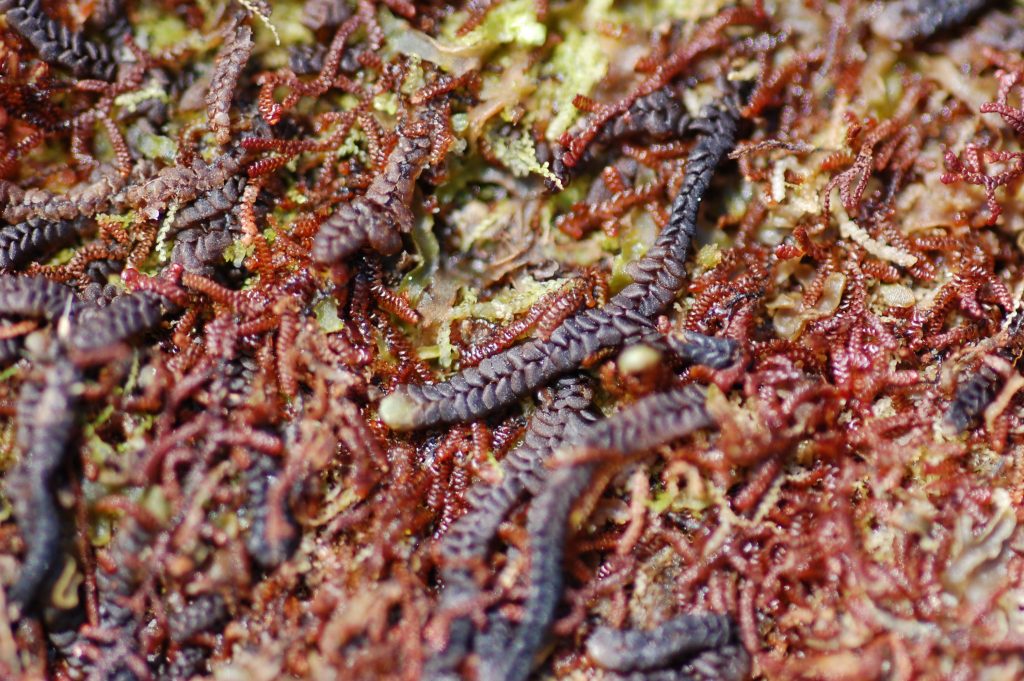Early Land Plants Today
Uniting Taxonomy, Nomenclature and Distribution of Liverworts and Hornworts
Liverworts (Marchantiophyta) and hornworts (Anthocerotophyta) are pivotal in our understanding of early land plant evolution. They form a conspicuous and important component in many terrestrial ecosystems throughout the world. There remains a critical need to synthesize the vast amount of nomenclatural, taxonomical and global distributional data for liverworts and hornworts.

This is fundamental in the efforts towards developing a working list of all known plant species under the auspices of the Convention on Biological Diversity (CBD). Such a synthesis has far reaching implications and applications, including providing a valuable tool for taxonomists and systematists, analyzing phytogeographic and diversity patterns, aiding in the assessment of floristic and taxonomic knowledge, and identifying geographical gaps in our understanding of the global liverwort and hornwort flora.
This website outlines an international consortium referred to as the Early Land Plants Today (ELPT) project. There are three fundamental components to the project
Taxonomy
Although hepaticologists do not agree on the value of all taxa, we are making an attempt to summarize the taxonomic status based on both morphological and molecular evidences.Nomenclature
The nomenclature used by different authors varies, depending on what taxonomic concept they use. We are trying to unify this following the most recent version of the International Code for Nomenclature for Algae, Fungi and Plants (ICN), currently the “Shenzhen Code” (Turland et al. 2018).
Distribution
We are collecting distribution records from the literature and register it to a rather detailed scale (see ELPT distribution units). This is used for creating checklists for regions without or only with old checklists. Until now we have together with many colleagues produced 16 checklists, and several more is planned.
The ELPT database includes
(as of 2025-08-26)
- 44,795 names of taxa (all levels)
- 10,251 accepted taxa
- 7,794 accepted species
- 511 accepted genera
- 105 accepted families
- 31,043 publications
- 1,194,597 distribution records
Data transferred to this web database
- 3,405 names of taxa (7.60 %)
- 1,455 accepted taxa (14.19 %)
- 820 accepted species (10.52 %)
- 227 accepted genera (44.42 %)
- 77 accepted families (73.33 %)
- 2,181 publications (7.03 %)
- 4,417 distribution records (0.37 %)
